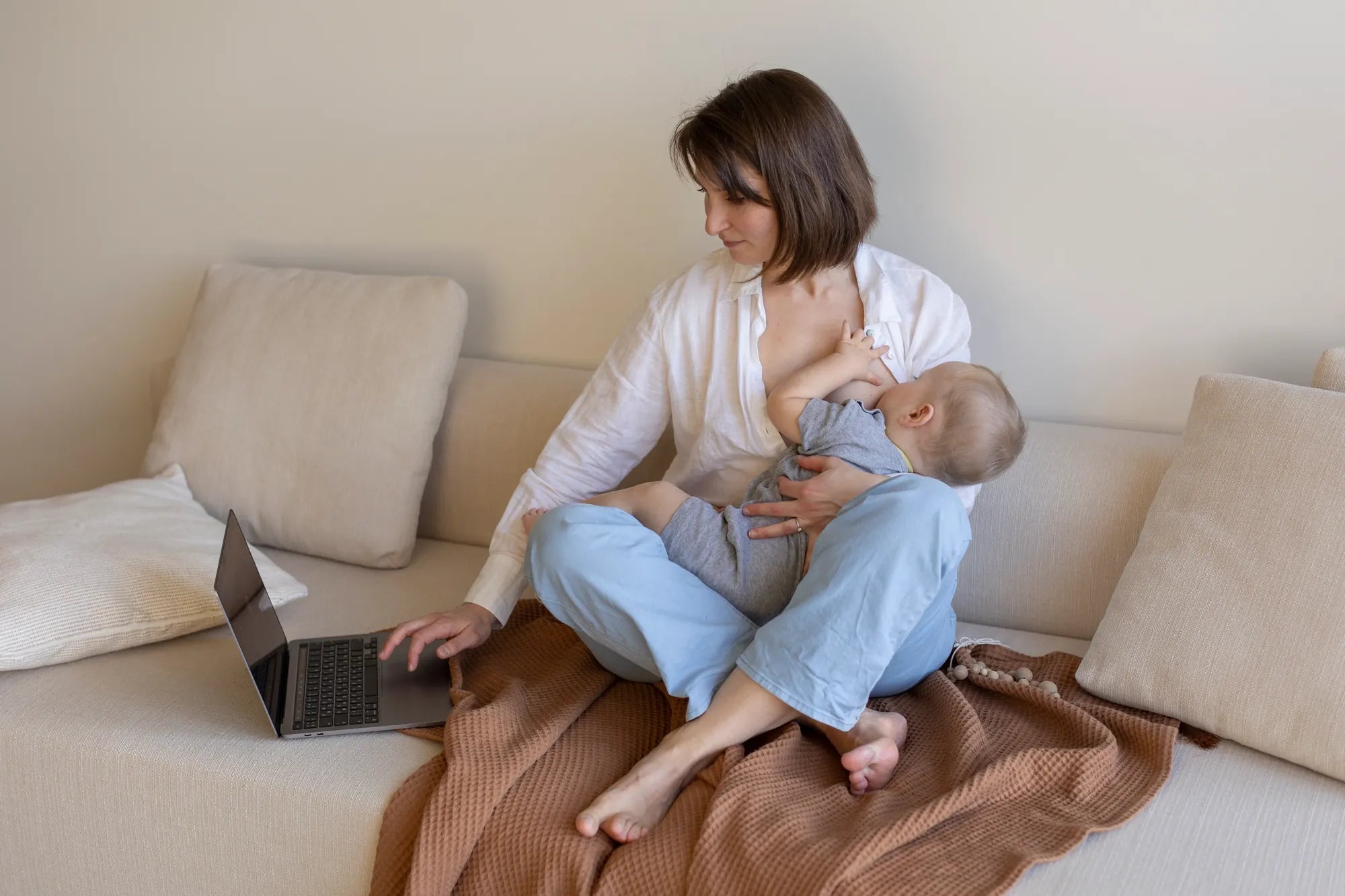Home
Pregnancy, Breastfeeding, and Pumping: The Ultimate Guide for Moms
Is It Safe to Use a Used Breast Pump? What You Need to Know

Is It Safe to Use a Used Breast Pump? What You Need to Know
When it comes to breastfeeding, many parents look for ways to make the process more convenient and affordable. One question that often arises is, is it safe to use a used breast pump? The answer isn't as straightforward as you might think. While the idea of saving money by purchasing a second-hand pump is appealing, there are significant health and safety considerations to keep in mind. This article will explore the potential risks, expert opinions, and steps you can take to ensure your breast pump is safe for use.
Understanding the Risks of Using a Used Breast Pump
Breast pumps are medical devices designed to extract milk from the breasts. Because they come into direct contact with breast milk, which is then fed to your baby, hygiene and safety are paramount. Using a used breast pump can pose several risks:
- Contamination: Even if a breast pump looks clean, it may harbor bacteria, mold, or viruses that are invisible to the naked eye. These contaminants can transfer to your milk and potentially harm your baby.
- Wear and Tear: Over time, the components of a breast pump can degrade. Cracked or worn parts may not function properly, reducing the pump's effectiveness and potentially causing discomfort or injury.
- Cross-Contamination: If the previous user had an infection or illness, there is a risk of cross-contamination, even if the pump has been cleaned.
What Do Experts Say About Used Breast Pumps?
Medical professionals and organizations generally advise against using a used breast pump unless it meets specific safety criteria. Here are some key points to consider:
- Closed-System Pumps: Some breast pumps are designed with a closed system, which prevents milk from entering the tubing and motor. These pumps are generally considered safer for second-hand use, but only if all parts that come into contact with milk are replaced.
- Open-System Pumps: Open-system pumps allow milk to enter the tubing and motor, making them much harder to clean thoroughly. Experts strongly discourage using these pumps second-hand.
- Replacement Parts: If you decide to use a used breast pump, it's essential to replace all parts that come into contact with milk, including the flanges, valves, and tubing. However, even with new parts, the pump's motor and other internal components may still pose a risk.
How to Safely Use a Used Breast Pump
If you're considering using a used breast pump, follow these steps to minimize risks:
- Inspect the Pump: Carefully examine the pump for signs of wear, damage, or mold. If any part looks questionable, do not use it.
- Replace All Milk-Contact Parts: Purchase new flanges, valves, tubing, and any other components that touch milk. This step is non-negotiable for safety.
- Clean and Sanitize: Thoroughly clean and sanitize the pump's external surfaces according to the manufacturer's instructions. Use hot, soapy water and a disinfectant solution.
- Test the Pump: Before relying on the pump for regular use, test it to ensure it functions properly and comfortably.
Alternatives to Using a Used Breast Pump
If the risks of using a used breast pump outweigh the benefits for you, consider these alternatives:
- Rental Pumps: Many hospitals and lactation centers offer rental breast pumps. These pumps are professionally cleaned and maintained, ensuring they are safe for use.
- Insurance Coverage: In many countries, health insurance plans cover the cost of a new breast pump. Check with your provider to see if you qualify.
- Affordable New Pumps: There are budget-friendly breast pumps available that meet safety standards. While they may not have all the features of high-end models, they can still be effective and safe.
Making an Informed Decision
Ultimately, the decision to use a used breast pump is a personal one. However, it's crucial to weigh the potential risks against the benefits. Your baby's health and safety should always come first. If you're unsure, consult with a lactation consultant or healthcare provider for guidance tailored to your situation.
Breastfeeding is a beautiful and nurturing experience, but it also comes with its challenges. Ensuring that your breast pump is safe and effective is an essential part of the journey. By understanding the risks and taking the necessary precautions, you can make the best choice for you and your baby. Remember, investing in a safe and reliable breast pump is an investment in your baby's health and your peace of mind.
Share


